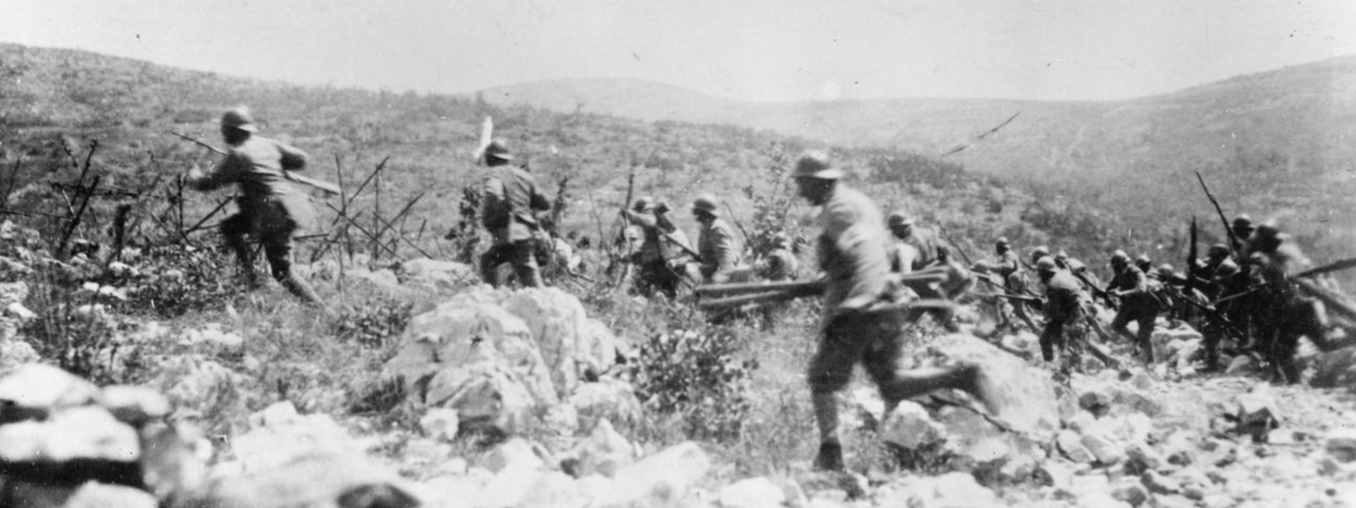

In the wider context, French General Joseph Joffre (1852-1931) realized that no major breakthrough was possible on the Italian front. On the other side of the front, the Austrians could not take advantage of high Italian losses because their numerical inferiority and the damages from Italian artillery prevented them from organizing any successful counterattack. The artillery’s inefficacy, difficult terrain and the predictability of the Italian attacks represented the biggest liability for Cadorna’s plans.ĭeserters, Losses and Stabilizing the Front ↑ĭeserters represented an important factor during the first assaults the high losses led many soldiers to escape when a new offensive was about to start, thus giving the Austrians important information on the Italian plans. These attempts continued until December 1915.

This decision was senseless from a strategic point of view, but represented the ideal symbolic aim to gain popular support for the war. Thus, Cadorna decided to focus all his efforts on the conquest of Gorizia and strengthening the southern part of the front towards Trieste. The Italian artillery proved inadequate on this occasion, with short artillery barrages due to the lack of ammunition. The first attack started on 23 June 1915 with the artillery hitting the Austrian defenses and the 2 nd Army moving towards Gorizia, while the 3 rd Army tried to move towards the Carso plateau. Cadorna mistakenly thought he could compensate these weaknesses with numerical superiority and soldiers’ motivation. Ammunition and machine guns were also in low supply early in the war this problem was only resolved in 1916. The artillery proved to be inefficient in the first phase of war, consisting of around 2,200 pieces, mostly light 75mm guns.

In fact, the Italians suffered from poor logistics and a lack of modern weapons, like machine guns. However, the enemy’s resistance proved to be stronger than expected and prevented the Italians from implementing their initial plan of an easy advance to Ljubljana. The primary objective was to drive the Austrians away from their main defensive line. The First Wave: 23 June – 15 December 1915 ↑ Underestimating the Enemy ↑Īfter the start of Italian military operations on, the commander in chief General Luigi Cadorna (1850-1928) decided to prepare a wide and massive offensive.


 0 kommentar(er)
0 kommentar(er)
